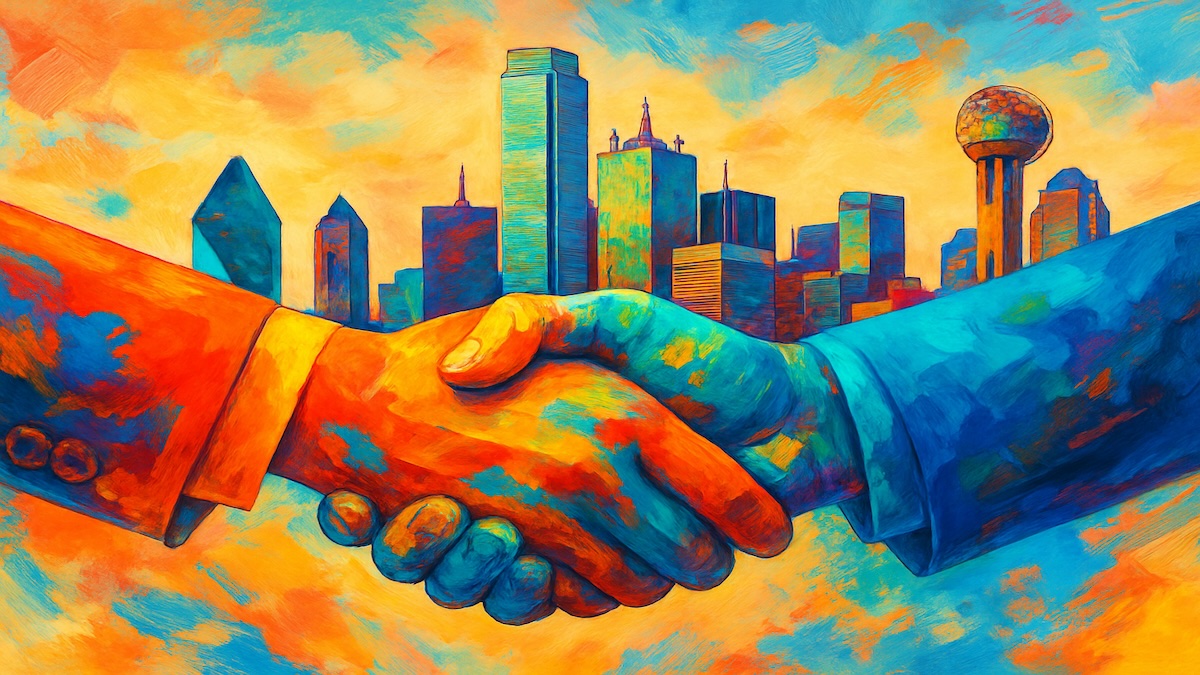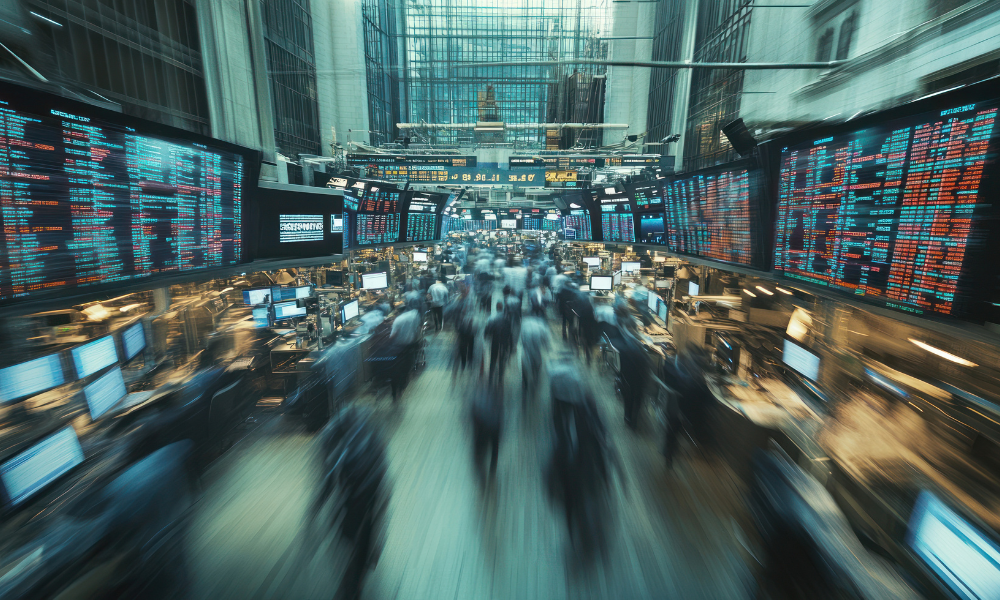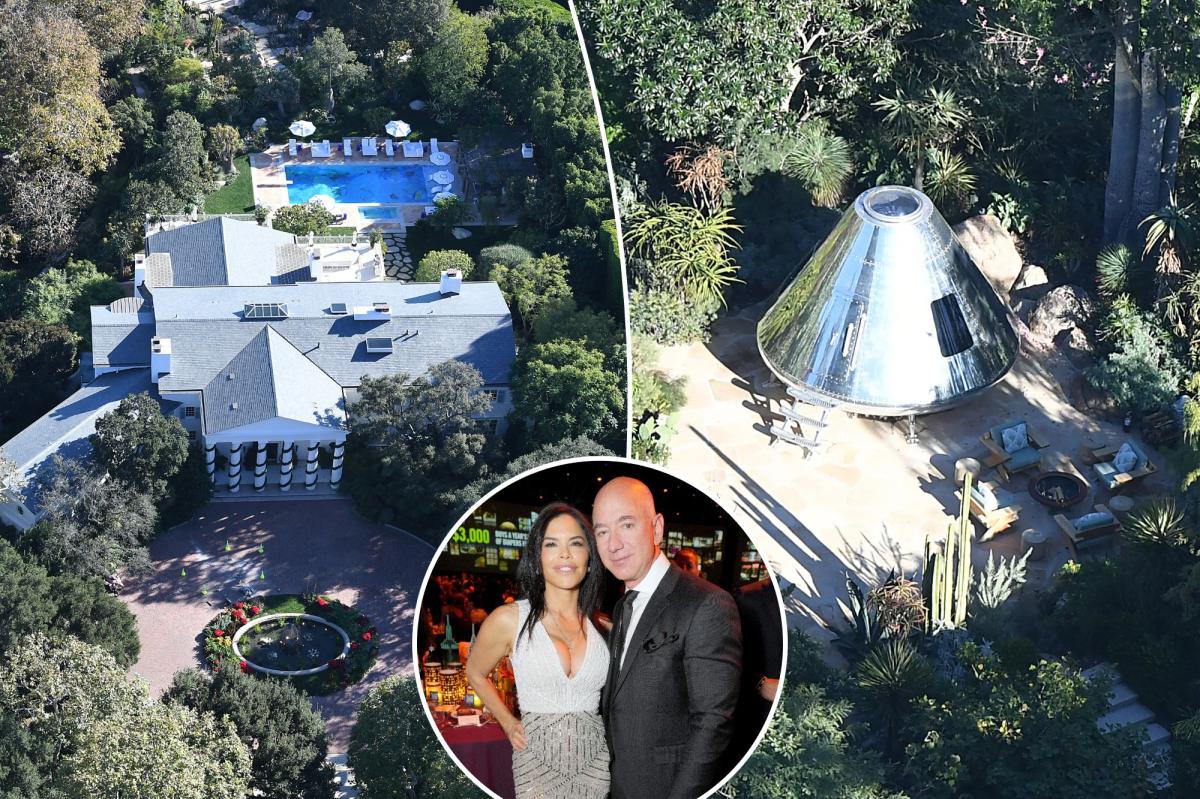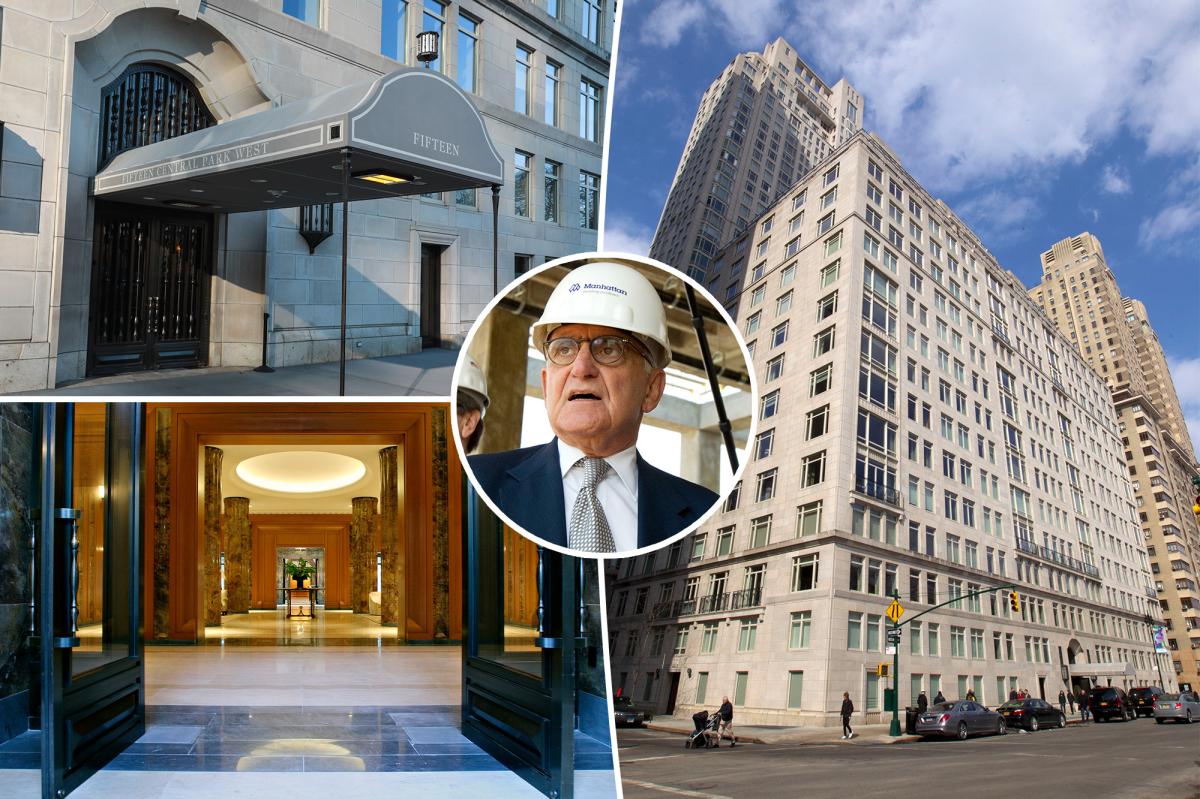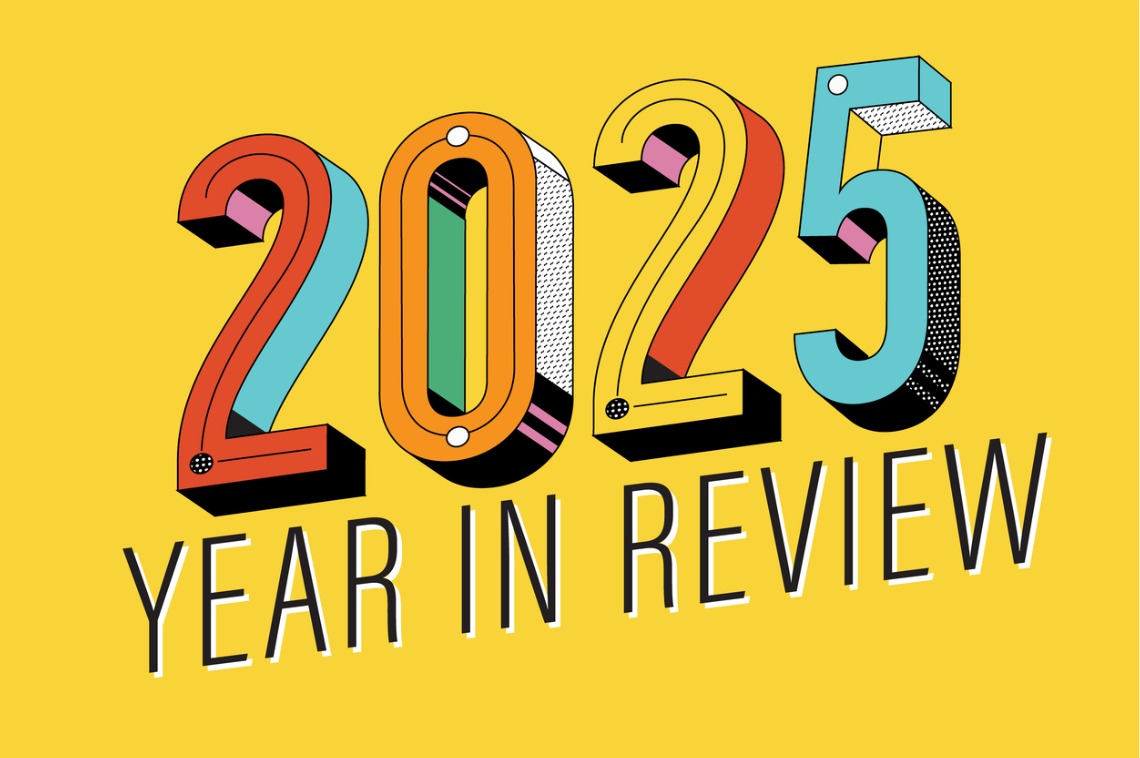T
his story is part of The Disaster Economy, a Grist series exploring the often chaotic and lucrative world of disaster response and recovery. It's published with support from the CO2 Foundation.
When an EF-3 tornado hit St. Louis on May 16, DeAmon White rushed home to check on his family and neighbors. His own house was severely damaged, but he considered himself lucky compared to others who lost loved ones or suffered more extensive property damage. As he navigated the aftermath, White received numerous calls from speculators offering to buy his home.
In White's West End neighborhood, an estimated 63% of renters and 49% of homeowners are uninsured. Many residents rely on their homes as their only major asset, making it difficult for them to rebuild without insurance. When federal aid is slow to arrive, quick offers to buy a home in cash can seem like a lifeline.
Gina Miceli's community in Fairview, North Carolina, was devastated by Hurricane Helene eight months earlier. She received near-constant texts asking if she'd be open to selling her family's two plots of land. "They text really chummy, so they sound like they already know you," Miceli said.
The value of disaster-struck land consistently bounces back fast, making it an attractive investment opportunity for real estate investors. As climate change fuels more frequent severe natural disasters, these investors seem set to make greater profits than ever – and communities like North St. Louis stand to bear the burden.
Samantha Montano, a professor of emergency management, has studied disaster gentrification in New Orleans after Hurricane Katrina. She saw how speculators rushed in to buy up damaged properties for cheap, displacing low-income and Black residents. "The issue of gentrification in New Orleans was there from the beginning," Montano said.
In DeAmon White's neighborhood, signs of gentrification were already present before the tornado: trendy new restaurants, upscale apartment buildings, and an influx of white residents. After the storm, investors increased their efforts to buy up damaged properties. At least 10 severely damaged homes in the tornado's path have gone up for sale on Zillow, labeled as investment opportunities.
Community activist organizations are providing aid where they can, but many homeowners have been left in the lurch for months, facing a difficult decision about how – or even whether – to rebuild. Deserai Anderson Crow, who researches community resilience at the University of Colorado-Boulder, says this follows a pattern similar to other extreme weather disasters: those who rebuild are often landlords looking for renters, rather than people who intend to live in the homes they're rebuilding.
Stacey Sanders, president of the St. Louis Association of Realtors, has been inundated with reports of speedy post-disaster sale offers. However, many come with red flags, such as multigenerational homes without access to a title or heirs' property issues that can take years to resolve.
Options to curb this mass sell-off include providing bridge funding for residents to stay and navigate the rebuilding process, or stymieing buyers through regulations like those passed in Ohio and Pennsylvania. However, the market in Missouri remains unregulated at both the local and state level.
Talking about his experience, DeAmon White reflected on the last few months: rebuilding his home has been hard, and he expects it won't be livable until February or March – nearly a year after the tornado. He worries that others may have a harder time recovering and urges those in vulnerable situations to resist selling out to gentrification.

